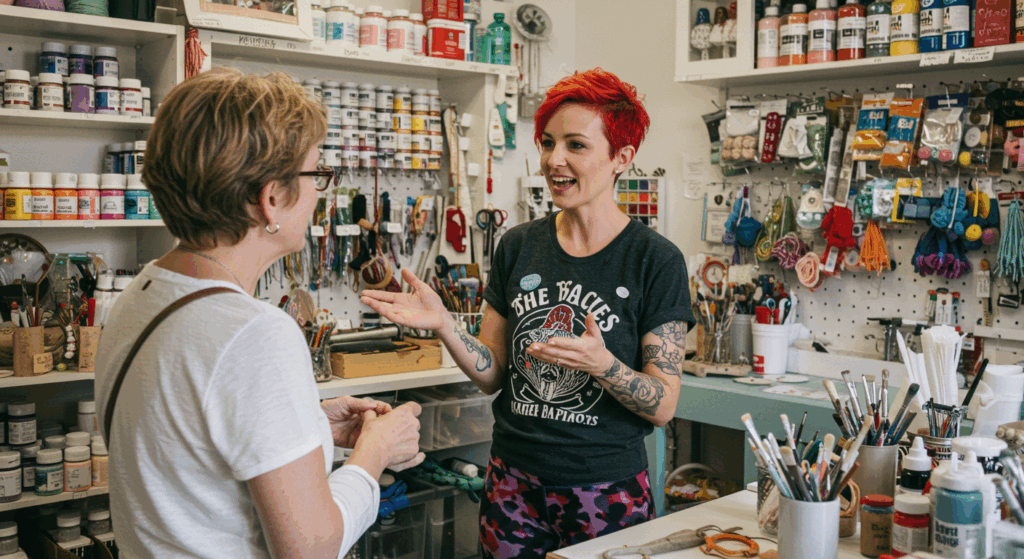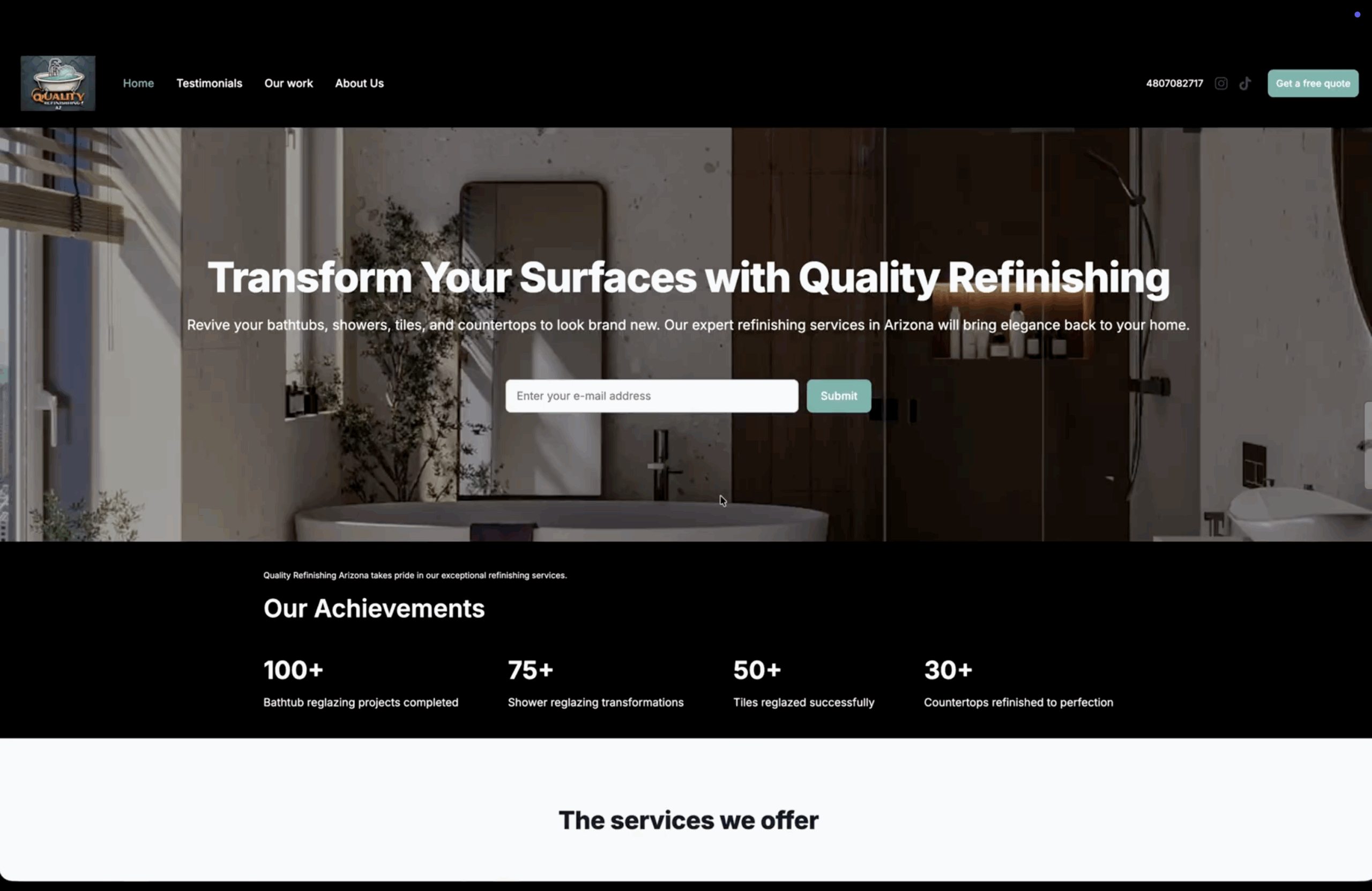Customer expectations in 2025 have never been higher. In fact, 54% of customers today would rather get stuck in a traffic jam than endure a bad customer experience. So, how do you retain customers in a world where one bad interaction can drive them away?
This is where customer retention comes in. Retention today isn’t just about repeat purchases. It’s about giving people a reason to come back. And yet, many businesses focus more on getting new customers than keeping the ones they have.
In this guide, we’ll break down what customer retention is, why it matters, and how to measure it. You’ll also learn key retention metrics and the best strategies to keep customers happy. Let’s get started.
What is customer retention?
Customer retention is the process of keeping customers coming back to your business. It’s everything you do to maintain relationships, build trust, and encourage repeat purchases.
Customer retention often involves:
- Providing great customer service
- Delivering consistent product or service quality
- Personalizing communication and experiences
- Offering rewards or loyalty programs
- Following up after purchases
- Making returns or support easy
Why is customer retention an important metric for businesses?
Customer retention is an important metric for businesses because it’s cost-effective. It’s almost always cheaper to keep an existing customer than to win a new one. You’ve already done the hard work of earning their trust. Now, it’s about continuing to meet their needs so they return.
But customers won’t stick around for no reason, and one bad experience can be enough to lose them for good. In fact, 32% of customers say they won’t return to a business after a single poor interaction.
This means every touchpoint matters, from browsing to post-checkout. When customers have a good experience at every step, they’re more likely to come back. That loyalty can lead to steady revenue, long-term growth, and lower marketing costs.
How to measure customer retention with a formula
Measuring customer retention starts with understanding your customer retention rate (CRR). This tells you how many customers your business has kept over a period of time. Tracking retention rates shows how well you’re keeping customers. It also shows where you might need to improve.
The formula for calculating your CRR is: CRR = ((E – N) / S) × 100.
Where:
- E = total customers at the end of a given period
- N = new customers acquired during that period
- S = customers at the start of that period
For example, let’s say you had 200 customers at the start of the quarter, gained 50 new ones, and ended with 210. Here’s how you would calculate your CRR:
[(210 – 50) ÷ 200] × 100 = 80
This means your business retained 80% of its original customers.
What other metrics help you assess customer retention?
CRR is just one way to measure loyalty. There are other key metrics that give insight into how well you’re keeping your customers. These offer different methods of customer retention analysis. They help you track behavior, value, and long-term engagement more clearly.
1. Customer churn rate
Customer churn rate is the percentage of customers who leave over a given period. Essentially, this metric tells you how many customers are walking away. Lowering churn is one of the most effective ways to improve customer retention.
The formula for calculating customer churn rate is: Z = (Y ÷ X) × 100.
Where:
- Y = number of customers lost during a given period
- X = number of customers at the start of that period
- Z = customer churn rate (as a percentage)
Use this formula to analyze churn across any period, whether that’s a year, a month, or even a day.
For example, say your business starts the month with 250 customers, and you lose 10 by the end of the month. Here’s how you would calculate your customer churn rate:
10 ÷ 250 = 0.04
0.04 × 100 = 4% monthly churn rate
A 4% churn rate every month means that about one in 25 customers leave each month. You can compare this number over time or across customer groups to know where you can do better.
2. Customer lifetime value
Customer lifetime value (CLV) is how much money a customer is likely to spend with your business over time. It’s one of the most important metrics for understanding long-term growth. The longer a customer stays with you and keeps buying, the more valuable they become.
Tracking CLV helps you decide how much to spend on marketing or retention. That way, you don’t spend more to acquire a customer than they’re likely to bring in.
The formula for calculating CLV is: CLV = A × B × C.
Where:
- A = average transaction size
- B = number of transactions per period (monthly or yearly)
- C = customer retention period (in months or years)
For example, say you’re a small online pet supply store with an average order value of $40. A typical customer places 6 orders per year and stays with your brand for about 3 years. Here’s how you would calculate your CLV:
40 × 6 × 3 = 720
This means your average customer is worth $720 over their lifetime.
3. Repeat customer rate
Repeat customer rate (RCR) tells you how many customers come back after they first buy. A higher rate usually means customers are happy with what you offer and are more likely to stick around. Tracking RCR over time helps you determine whether your retention efforts are working.
The formula for calculating RCR is: RCE = (R ÷ T) × 100.
Where:
- R = Number of returning customers
- T = Total number of customers during the same period
For example, say your online store had 200 total customers last month. Out of those, 60 were returning customers. Here’s how you’d calculate your RCR:
60 ÷ 200 = 0.3
0.3 × 100 = 30%
A 30% repeat customer rate means nearly 1 in 3 of your customers came back.
4. Purchase frequency rate
Purchase frequency rate (PFR) shows how often your customers buy over a given period. It gives you a sense of how well your business encourages repeat purchases. This can help you identify buying patterns. A high PFR means customers are coming back more often to buy.
The formula for calculating PFR is: PFR = O ÷ U.
Where:
- O = Total number of orders
- U = Number of unique customers during the same period
For example, say your business got 300 orders in the past quarter from 120 unique customers. Here’s how you’d calculate PFR:
300 ÷ 120 = 2.5
This tells you that the average customer placed 2.5 orders during that quarter.
What are the best custom customer retention strategies?
To improve customer retention, you have to know what your customers need and meet those needs. Below are some of the customer retention best practices that reflect this approach. Each one focuses on building trust, delivering value, and creating a positive experience.
Respond to queries as fast as possible
Today’s customers expect fast replies. In fact, 63% of millennials say live chat boosts their overall satisfaction. Why? Because quick responses show that your business values their time. When people get help right away, they feel seen, heard, and taken care of.
But responding fast isn’t just about answering questions. It’s about creating a smoother, more trustworthy experience. Fast, reliable support keeps customers from feeling frustrated or ignored. Over time, this builds loyalty and encourages repeat business.
That’s where Bookipi’s AI Receptionist comes in. It answers your phone calls 24/7, handles queries, and even books appointments. Every call gets logged into your dashboard, so you stay on top of customer conversations. With AI Receptionist, you never miss a chance to make a good impression.
Personalize customer interactions
Personalization is no longer optional. Customers expect experiences tailored to their preferences, behaviors, and needs. Whether it’s through email, SMS, or social media, you need to meet customers where they are.
A well-executed loyalty program is a great example of this. By tailoring rewards to what customers actually value, you make it worth their while to come back. The same goes for targeted offers and content. These small touches show customers you understand them and care about their experience.
Bookipi makes personalization easier with Client Pipeline. By giving you a clear view of your customers in one dashboard, you’ll know who and what to follow up on at a glance. That way, you can deliver the right message at the right time.
Reward returning customers
Returning customers are some of your most valuable. They already trust your brand and are more likely to buy again. They also often spend more than first-time buyers. So, rewarding their loyalty keeps them engaged and shows appreciation.
You don’t need an elaborate system to do this. Simple things like discounts, early access to new products, or a points-based system can go a long way. What matters most is consistency and making customers feel seen and valued.
Start a referral program
One of the easiest ways to grow your customer base is through referrals. People trust recommendations from friends and family more than ads or branded content. A referral program rewards loyal customers for spreading the word. It also brings in new ones who already have some level of trust.
If you’re not sure where to start, try creating a simple proposal to pitch the idea to your team. Use Bookipi’s AI Proposal Generator to outline your goals, incentives, and rollout plans. It’s an easy way to get internal buy-in and start turning happy customers into advocates.
Show how you apply customer feedback
Collecting feedback is one thing, but acting on it is what builds loyalty. When customers take the time to share what they think, they want to know it makes a difference. If they see changes being made, they’ll feel heard and appreciated.
But you don’t have to overhaul your entire business. Small, thoughtful changes based on customer input can have a big impact.
For instance, say your customers often ask for more sizing information. You can update your product pages and let them know about the change via email. You might also revise your return policy and post about the change on social media. This transparency builds trust and encourages customers to stay engaged with your brand.
Build a community for your customers
A strong community turns one-time buyers into loyal customers. When people feel connected to a brand, and to other customers who love it, they’re more likely to stick around. This is especially powerful for niche businesses where customers share common interests.
You can build community in different ways, from weekly newsletters to loyalty clubs. Even replying to comments on social media makes people feel like they’re part of something. A sense of belonging makes customers more engaged and more likely to refer others.
What are the best examples of customer retention?
Looking for real-world proof that customer retention works? These brands show how to keep customers coming back with simple, effective strategies.
Amazon Prime: Rewarding loyal customers
Amazon Prime is a great example of how rewarding loyalty boosts retention at scale. With 240+ million members in 2025, this membership-based model keeps customers coming back.
The program gives members access to:
- Fast, free shipping on eligible items
- Exclusive deals and discounts
- Prime Video and Prime Music streaming
- Free eBooks and magazine content
- Early access to sales events like Prime Day
This subscription model creates an ongoing relationship with customers. Instead of focusing solely on product promotions, Amazon centers the experience around convenience. That focus is paying off, with Prime bringing in $11.5 billion in revenue in Q1 of 2025 alone.
The key takeaway for small businesses? Loyalty programs don’t have to mimic Prime to succeed. But they should be built around what your best customers actually value. That might mean exclusive access, rewards points, or even early access to new arrivals. When you give your loyal customers meaningful reasons to stick around, they often do.
Dropbox: Implementing a referral program
Dropbox’s referral program is one of the most successful in tech history. It drove 3900% user growth in just over 15 months, growing from 100,000 to 4 million users. Today, Dropbox has more than 700 million registered users.
The magic was in the offer. Both the referrer and their friend received 500MB of free storage. The program capped out at 16GB per user, giving people a clear and generous incentive to keep sharing. This double-sided reward made it easy for new users to say yes. It also made it easy for existing users to promote Dropbox without hesitation.
What made it even more effective was the timing. Dropbox didn’t bury the referral in a settings menu. They introduced it during onboarding, when users were most engaged. It was clear, accessible, and low-effort, exactly what a referral program should be.
The takeaway here for small businesses is that great referral programs don’t need to be flashy. They need to be easy to use, clearly rewarding, and introduced when users are already excited. If you’re launching a referral strategy, know what your customers value. Make sharing feel like a win for everyone involved.
Sephora: Building a community
Sephora’s Beauty Insider program rewards customers with points for every dollar spent. These points can be used for discounts, free products, and early access to sales. The more customers spend, the more perks they unlock.
But Sephora didn’t stop at perks and discounts. They expanded the program into something bigger by creating the Beauty Insider Community. In this online space, members ask questions, share product reviews, swap tips, and more. This works well in the beauty space, where social proof drives buying decisions. It also keeps people engaged long after a purchase. And the results speak for themselves. By 2023, the program had over 34 million members. Around 80% of Sephora’s transactions that year came from these members.
For small businesses, the lesson is clear: loyalty isn’t just about discounts. It’s about creating a space where customers want to come back, not just to buy, but to belong.
Boost customer retention by streamlining your CRM
Customer retention requires more than just good service. It takes the right tools to stay organized, responsive, and connected.
That’s where Bookipi comes in. Our all-in-one business management platform has everything you need to manage customer relationships. For instance, our AI Contract generator creates legally binding contracts in minutes. Use Bookipi eSign to send and sign documents securely, without the back-and-forth. Need to schedule client meetings? Use our Appointment Scheduler to lock in times fast. And when it’s time to bill clients, our invoice app helps you send professional invoices in seconds.
With Bookipi, you spend less time juggling tasks and more time building loyalty. Try Bookipi today and see how easy customer retention can be.




